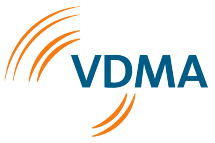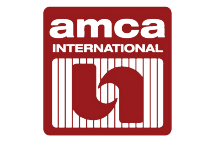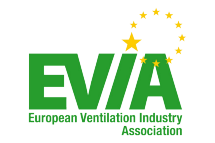The ErP Directive, also known as the Ecodesign, sets stringent requirements for fan efficiency.
What is the Ecodesign Directive?
- By adopting the Kyoto Protocol, the European Union has undertaken to reduce CO2 emissions by at least 20 per cent by 2020.
- To achieve this climate goal, the EU adopted the EuP Directive (Energy using Products Directive) in 2005.
- It was renamed the ErP Directive (Energy Related Products Directive) in 2009 and its purpose is to investigate the energy-saving potential of numerous products that consume energy and to stipulate minimum requirements.
- Binding limit values for fans were set in March 2011.
(EU Directive 327/2011) - This affects fans of all designs with electrical power consumptions between 125 W and 500 kW.
- The directive is binding in the 27 EU member states. All fans brought onto the market in Europe are subject to the directive, including those imported into Europe from third countries. The minimum efficiency requirements also apply to fans fitted in devices that are imported into Europe.
















